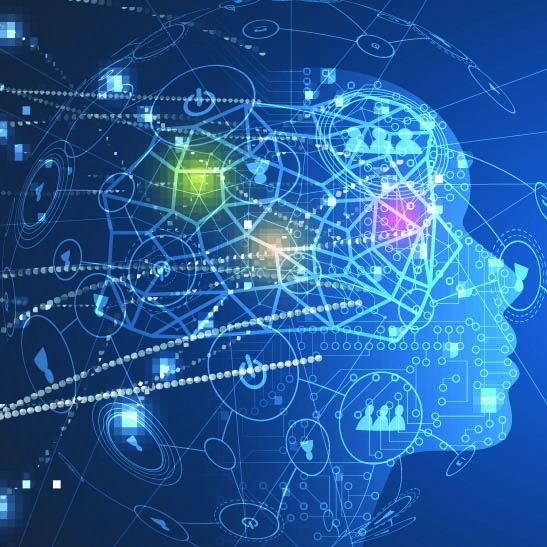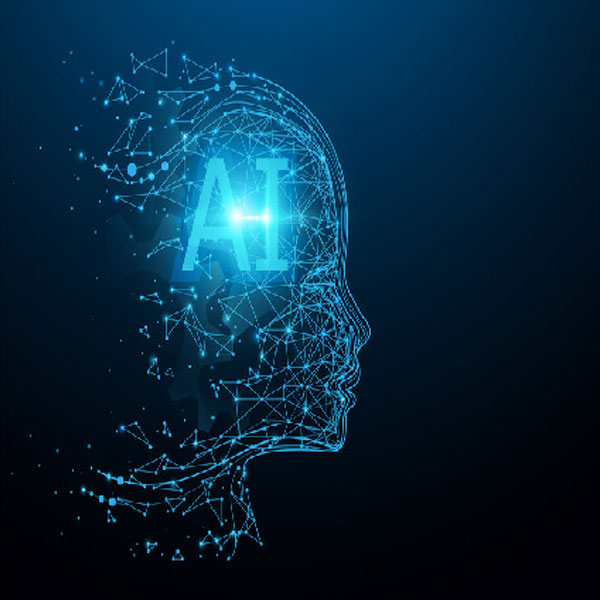Nebule Technologies Global Practice Leader for AI and ML Services, shares his perspective on the challenges and opportunities of AI and ML for the enterprise.

Leverage our Machine learning, data science, and Artificial Intelligence expertise to drive better business outcomes, minimizing downtime, identifying outliers, and outage predictions. Our team of Machine Learning experts and AI consultants will guide you through all the stages of development to create bespoke AI solutions that deliver tangible business results. Our Artificial intelligence consulting services are human-centered, outcomes-oriented, and pragmatic to empower you to become the leader in your field, unlocking more value from your data.
Machine learning automates analytical model building. It uses methods from neural networks, statistics, operations research and physics to find hidden insights in data without being explicitly programmed where to look or what to conclude.
A neural network is a kind of machine learning inspired by the workings of the human brain. It’s a computing system made up of interconnected units (like neurons) that processes information by responding to external inputs, relaying information between each unit. The process requires multiple passes at the data to find connections and derive meaning from undefined data.
Deep learning uses huge neural networks with many layers of processing units, taking advantage of advances in computing power and improved training techniques to learn complex patterns in large amounts of data. Common applications include image and speech recognition.


There’s an automatic association between AI and sci-fi. When people think of artificial intelligence, they tend to think of the Terminator, Data from Star Trek, HAL from 2001, etc. These represent a very specific form of AI known as Artificial General Intelligence (also known as Strong AI) – a digital form of consciousness that can match or exceed human-like performance in any number of metrics. An AGI would be equally good at solving math equations, conducting a humanlike conversation, or composing a sonnet.
Currently, there is no working example of an AGI, and the likelihood of ever creating such a system remains low. Attempts to create AGIs currently revolve around the idea of scanning and modeling the human brain, and then replicating the human brain in software. This is a sort of top-down approach – humans are the only example of working sentience, so in order to create other sentient systems, it makes sense to start from the standpoint of our brains and attempt to copy them.
